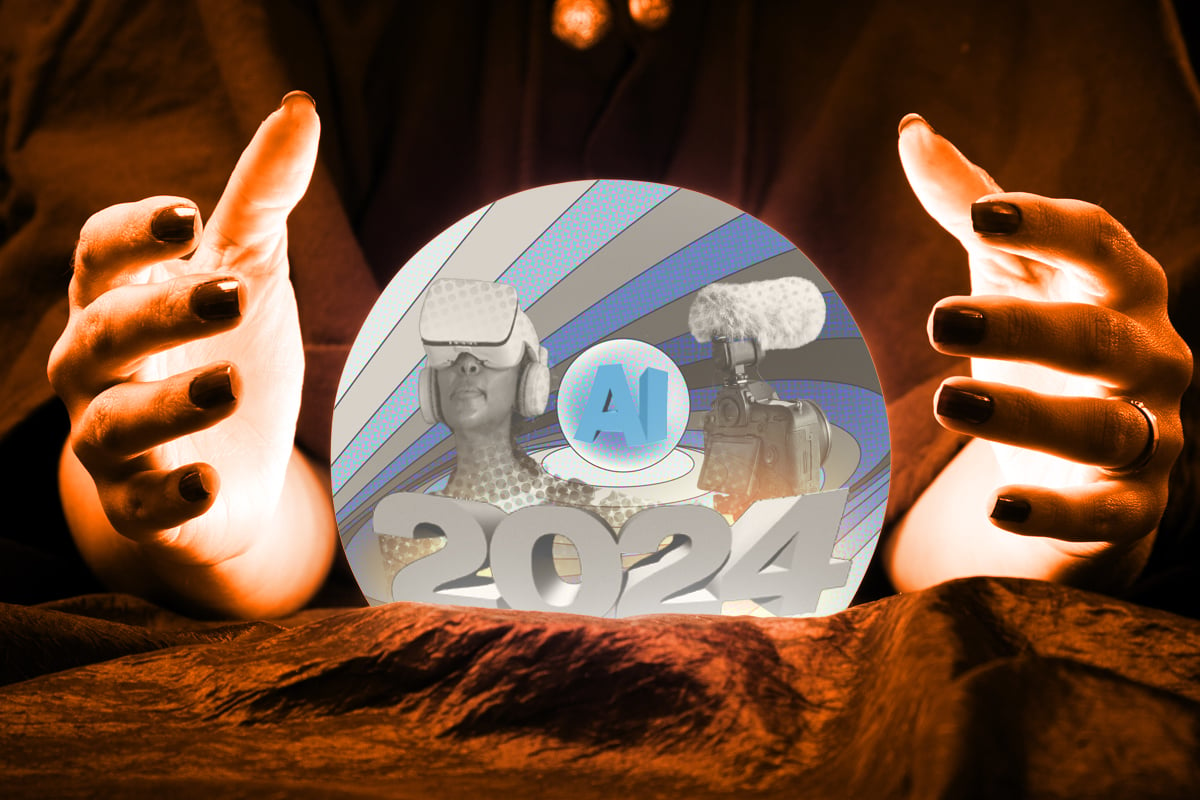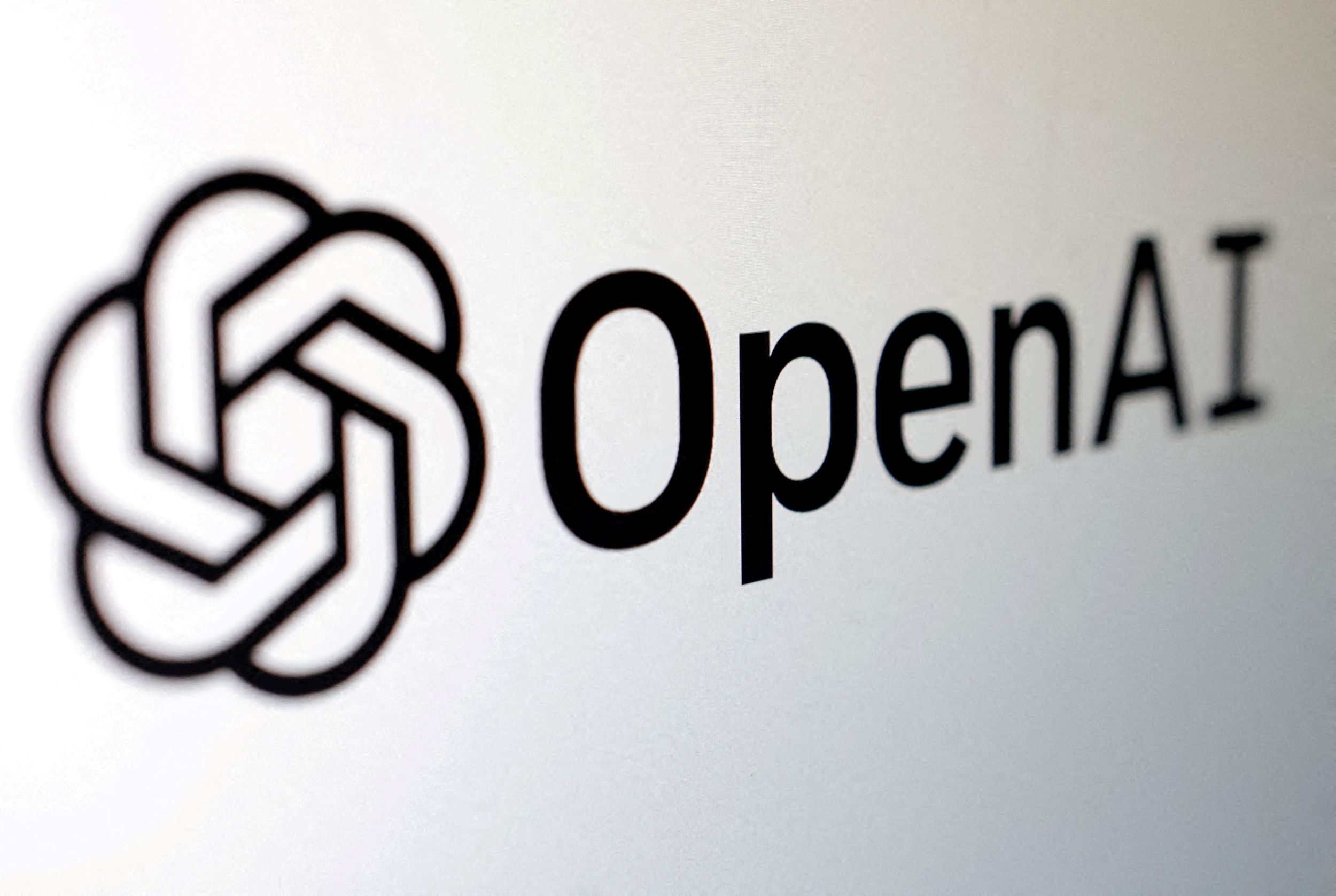Induced AI, a startup founded by two teenagers, has received backing from prominent investors such as Sam Altman, Peak XV, and Daniel Gross and Nat Friedman’s AI grant. The company aims to assist businesses in automating various workflows in innovative ways that were previously unexplored.
Key Takeaway
Induced AI, founded by two teenagers, has secured investments from notable backers such as Sam Altman. The startup offers a platform that enables businesses to automate workflows by converting plain English instructions into real-time pseudo-code. It utilizes Chromium-based browser instances to interact with websites, even if they do not have an API. The company has raised $2.3 million in seed funding and is already working with small to mid-sized customers.
Revolutionizing Workflow Automation
The eponymous platform developed by Induced AI allows businesses to input their workflows in plain English, which is then converted into pseudo-code in real-time. This capability is particularly useful for automating repetitive tasks that are typically managed by back offices. By spinning up Chromium-based browser instances, Induced AI is able to read on-screen content and control the browser, mimicking human behavior to complete various steps of a workflow.
Induced AI’s unique approach allows its browser instances to interact with websites that do not have an API. During a demo, Aryan Sharma, the co-founder and CEO of Induced AI, showcased how the platform can handle complex processes such as two-factor authentication dialogues. The platform’s bi-directional interaction system allows for human involvement when necessary, while the rest of the workflow is managed autonomously.
Redesigning the Browser for Native AI Use
Induced AI has redesigned the browser environment on top of Chromium specifically for autonomous workflow runs. This customized environment has its own memory, file system, and authentication credentials. Sharma claims that by taking this novel approach, Induced AI can handle complex logins, two-factor authentication, file downloads, and data storage and reuse, which other autonomous agents cannot.
Unlike existing models that require manual tagging of HTML elements, Induced AI eliminates this tedious task. The system can understand the necessary information from English instructions and dynamically adjust them as needed for optimizations.
Standing Out in a Crowded Space
While there are several similar modern Robotic Process Automation (RPA) concepts in the market, Sharma highlighted factors that differentiate Induced AI from its competitors. The platform can run multiple tasks simultaneously, offering greater efficiency for businesses. Additionally, it operates fully remotely, providing flexibility for users.
Despite its small team of just five members, Induced AI has already onboarded a few small to mid-sized customers. For example, a sales firm is using Induced AI to streamline employee onboarding. Moreover, the company is actively working on developing new use cases to expand its customer base.
In its recent seed funding round, Induced AI successfully raised $2.3 million. The investors include SignalFire, Untitled Ventures, SV Angel, Superscrypt, Balaji Srinivasan, Julian Weisser, IDEO Colab, and OnDeck. Elaine Zelby from SignalFire praised Induced AI, highlighting its truly human-like interaction and efficiency, and its ability to democratize access to workflow automation.

























